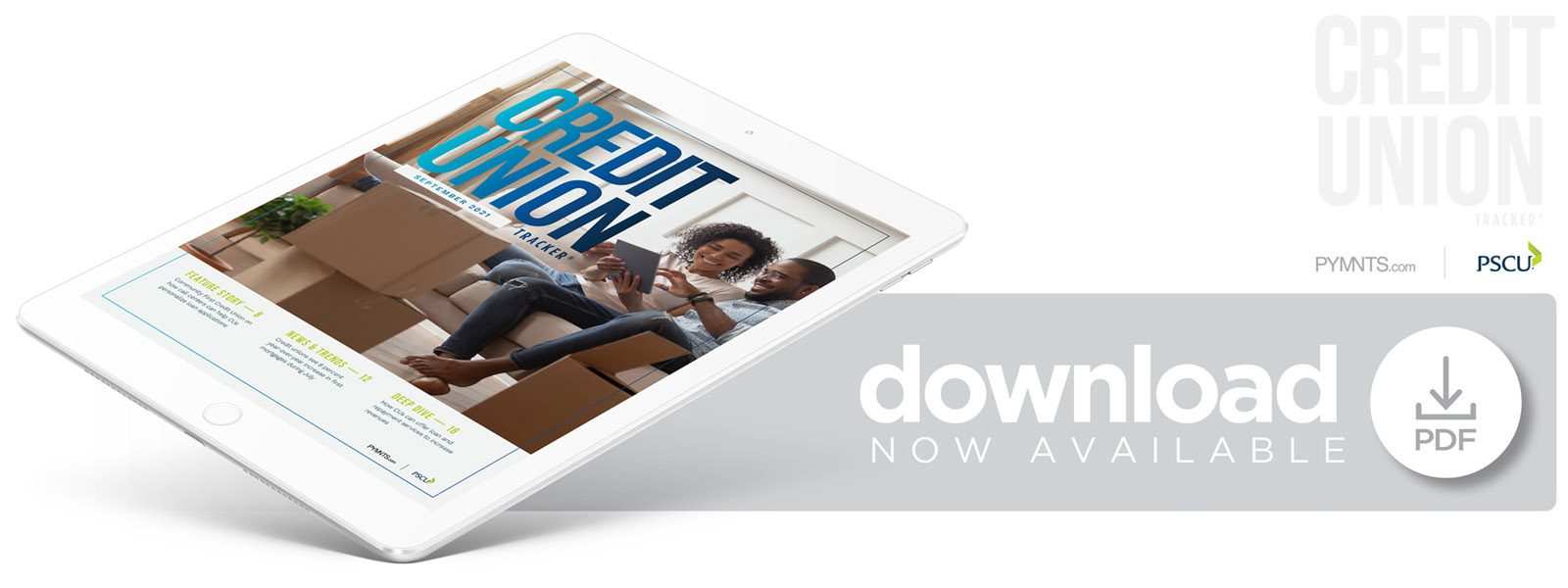Community First Credit Union on How Call Centers Can Help CUs Personalize Loan Applications

Credit union members want it both ways: the convenience of applying for loans online, but also backed-up by the comfort of knowing they can communicate directly with staff if the need arises. Whether by chat, text or email, Community First Credit Union’s James Urban tells PYMNTS getting the live support option right is critical.
Credit unions have earned a reputation for member satisfaction because of their members-first mentality and the intimate relationships they seek to build through person-to-person interactions. Like most consumers, CU members altered their banking habits to help navigate restrictions set during the pandemic, but digital-first methods can sometimes feel impersonal and isolating, according to James Urban, assistant vice president of the Member Experience Center at Community First Credit Union.
“The ability to just walk in and get your needs met is kind of almost gone at this point,” Urban told PYMNTS in a recent interview. “That has really minimized or reduced the number of touch points that members have with personnel and branches.”
Personalizing digital solutions through human interaction can strengthen member relationships, and expanding digital options for mortgages and personal or auto loans can increase revenue for CUs, which may lag behind other types of FIs in providing these offerings. Urban explained how tailoring technology to each member, as well as maintaining access to live operators, can help CUs gain a competitive edge against traditional banks and FinTechs in the lending space.
The pandemic’s amplification of loans, call centers
Many consumers have realized the convenience of mobile and digital banking tools but are not quite ready to commit to using just them. One definitive piece of evidence supporting this, said Urban, is the level at which traditionally branch-centric members began interacting with the CU’s call center after the pandemic’s onset.
“Our inbound call volume went up initially by at least 60 percent,” he said. “Then it went back down to about a 35 percent to 40 percent increase, and it’s still higher now than it normally would have been at this point — not at that same high level, because obviously branches have been reopened now for a while.”
A recent report predicted significant growth in the use of online banking, with more than half the global population expected to bank digitally by 2026. This suggests that there is a lasting place for digital alternatives, but the uptick in call center contacts is a clear indicator that members still want the option to speak to a live person.
Community First’s jump in call volume coincided with an increase in the demand for loans to ease pandemic-related economic distress. The CU was able to leverage the spikes in both services to meet its members’ needs.
“What surprised all of us was that the requests for loans, lending and membership continue to be, if not at similar levels than prior to the pandemic, maybe even a little bit higher level,” said Urban. “As a response to the fact that the demand for lending and membership was still pretty hot with the branch closures and things like that, we needed to come up with an alternative way for our members to continue to have those needs met.”
The product of that brainstorming was Express Team, a dedicated live team for helping members to get loans, open new memberships or add checking accounts either over the phone or through live chat.
“We started out with about a four- or five-person pilot test, and really, we did it not knowing that we were going to see as much success as we were able to see. The outcome for that was simply seeing that [we should] go ahead and make [Express Team] a permanent part of our organization,” he continued.
Personalizing automation boosts membership
Members sometimes face friction during onboarding or various digital application processes. If members cannot resolve issues on their own, the next course of action is to contact a customer service representative. Employees can then start or resume the loan application on the phone or submit a loan inquiry through the lending department. Increased access to human-operated services can then result in a higher rate of fully completed applications and greater member acquisition.
Digital data also can help follow up with members and make improvements in the process where needed. CU employees have access to their members’ accounts and have transparency across all transactions and balances. Insights from members’ data allow the CU to recognize the products and services that might benefit potential and existing members.
“Our loan origination system is where [the data] lives for each individual. Then of course in management, we can … make sure that we’re following up on what needs to be taken care of there. … For example, we open up a membership and then automatically that new member is going to get a welcome packet,” Urban said.
Digital-first trends can appear to be at odds with CUs’ traditional members-first mission, but they are here to stay. CUs can turn this apparent disadvantage on its head, however, by adding their unique brand of personalization to the equation. Those that do will have nothing to fear from traditional banks and FinTechs in a digital-first world.

